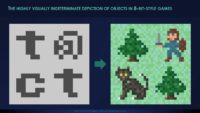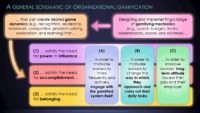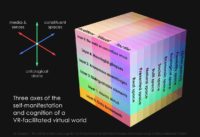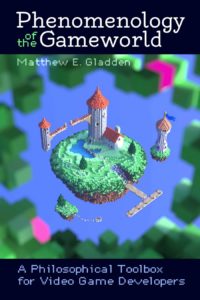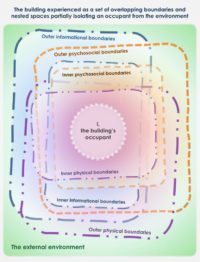8-Bit Mystique: An Ingardenian Aesthetic Analysis of the Appeal of Retro Computer Games

In Roman Ingarden’s Aesthetics and Ontology, edited by Leszek Sosnowski and Natalia Anna Michna • London: Bloomsbury, 2023
ABSTRACT: Recent years have seen revived interest in 8-bit computer games developed in the 1980s and the increasing popularity of “8-bit-style” or “retro” games designed to imitate their look. Judged objectively, 8-bit games appear far more “primitive” than typical contemporary video games, leading some to suggest that they are deficient works of art whose resurgent popularity results solely from nostalgia. However, by drawing on Ingarden’s analysis of artworks as schematic constructs, we argue that 8-bit-style games’ “primitiveness” is actually a form of indeterminacy that can generate singularly meaningful aesthetic experiences by allowing (and requiring) players to perform a uniquely enjoyable kind of concretization that is impossible with more “sophisticated” contemporary games. We also draw on Ingarden’s account of the “life cycle” of a work of art to show how 8-bit games’ pattern of initial popularity, neglect, and revival reflects an organic vitality demonstrated not by kitsch but by exceptional artwork.
